How to choose a bathtub that really suits you?
——Don't let the wrong choice ruin your bathroom experience

Buying a bathtub is not like choosing a vase. The wrong size will occupy space, the wrong material may make it worse the more you use it, and the useless function will turn relaxation into torture.
You may have encountered these problems:
- I found out that I couldn't get into the bathroom door after buying the bathtub
- The water gets cold after taking a bath for half an hour every time
- The surface is easy to retain scale, and I have to scrub it every week
Choosing the right bathtub is the key to making the bathroom from "usable" to "good to use". The following is a guide to avoid pitfalls summarized after thousands of real cases
How to choose the bathtub that best suits your home?
1. Budget: Avoid those "unexpected" expenses
"The bathtub is obviously not expensive, but it ended up overspending?"
Hidden costs: shipping costs, demolition fees, waterproofing renovations, faucet accessories... These may overturn your budget.
Smart approach: set aside 10% of the budget as a "buffer".
"Cheap or durable?"

Short-term vs. long-term: A low-priced bathtub may age in a few years, while a high-quality one can be used for decades. Do the math: Does frequent replacement really save money?
Key question: Do you value "spending less money now" or "less trouble in the future" more?
2. Space: Measuring the wrong size = wasting money!
Hard standards:
Bathroom <4㎡→ Choose a 1.2-1.5m built-in bathtub (for both shower and bath).
Bathroom >5㎡→ Consider a stand-alone bathtub (but leave a 60cm walkway around).
Fatal details:
Door width <70cm? The bathtub may not fit in! (Door removal fee + 500 yuan)
Old house? Confirm whether the floor can bear the weight (cast iron bathtub + water ≈ 500kg).
3. Type: Wrong choice = regret every day

| Type | Who is suitable to buy? | Who will cry after buying it? |
|---|---|---|
| Built-in | Small apartment/tight budget/need to install a shower partition | Love to take a bath but buy one that is too short (cannot stretch legs straight) |
| Freestanding | Large bathroom/pursue good-looking photos | No inspection port reserved (leakage cannot be repaired) |
| Jacuzzi | Love to enjoy/people with shoulder and neck strain | Lazy people (shower head is covered with dirt, need to be cleaned every week) |
4. Material: directly determines comfort
"Insulation King": cast iron > copper > acrylic > fiberglass (water temperature difference 20 minutes vs 5 minutes in winter).
"Squeamish List":
Copper bathtub (no scratching with hard objects, maintenance is like luxury)
Fiberglass (will turn yellow after 3 years, only for rental houses)
5. The choice with the highest trial and error cost

"Internet celebrity style" step on the thunder:
Egg-shaped independent bathtub → lie in it and find that the neck is not supported (try lying for 5 minutes!)
Black bathtub → white scale marks drive mysophobes crazy (acid washing every week!)
Summary in one sentence
"For small bathrooms, choose embedded acrylic, for large houses, go for independent cast iron, and think twice before buying a massage bathtub!"
Every day, dragging a tired body home, but can only curl up in a small and slippery bathtub; the bathtub bought at a high price turns yellow and cracks after two years; want to take a comfortable hot bath, but the water is cold in 10 minutes...
These bad experiences are all due to not choosing the right bathtub!
Remember:
- Material determines lifespan (acrylic acid lasts 5 years, cast iron lasts 30 years)
- Size affects comfort (a bathtub 5cm shorter will make your legs unable to stretch straight)
- Installation errors ruin everything (poor drainage, insufficient load-bearing capacity)
Spend an extra hour doing homework now, and enjoy a perfect bath every day for the next ten years!
FAQ
Q1: What practical problems will result from choosing the wrong bathtub?
A1: Too small size (legs cannot stretch straight), poor insulation of the material (water cools quickly), too slippery edges (easy to fall) or troublesome cleaning (dirt hidden in dead corners) will affect the experience. It is recommended to make a comprehensive choice based on height, bathing habits and bathroom size.
Q2: How can a small bathroom take into account both bathtub and shower functions?
A2: You can choose a built-in bathtub + glass partition (space saving), or a deep soaking bathtub with a sitting bath (length ≤1.4 meters), or even give up the bathtub and use a Japanese wooden barrel (movable, does not occupy a fixed space).
Q3: Which bathtub material is most suitable for lazy people/busy families?
A3: acrylic bathtub (stain-resistant and easy to wipe) or artificial stone (wear-resistant and maintenance-free), avoid cast iron (needs regular glaze) and massage bathtub (troublesome to clean the nozzle).
Q4: Will a stand-alone bathtub make the bathroom look crowded? How to remedy it?
A4: Yes! But you can choose a narrow-edged oval model (visually transparent) + wall-mounted storage (reduce floor clutter). If the bathroom is less than 4㎡, it is recommended to give up the stand-alone style.
Ready to Find Your Perfect Bathtub?
Get personalized recommendations from our bath experts and transform your bathroom experience today!
Contact Us For Shopping

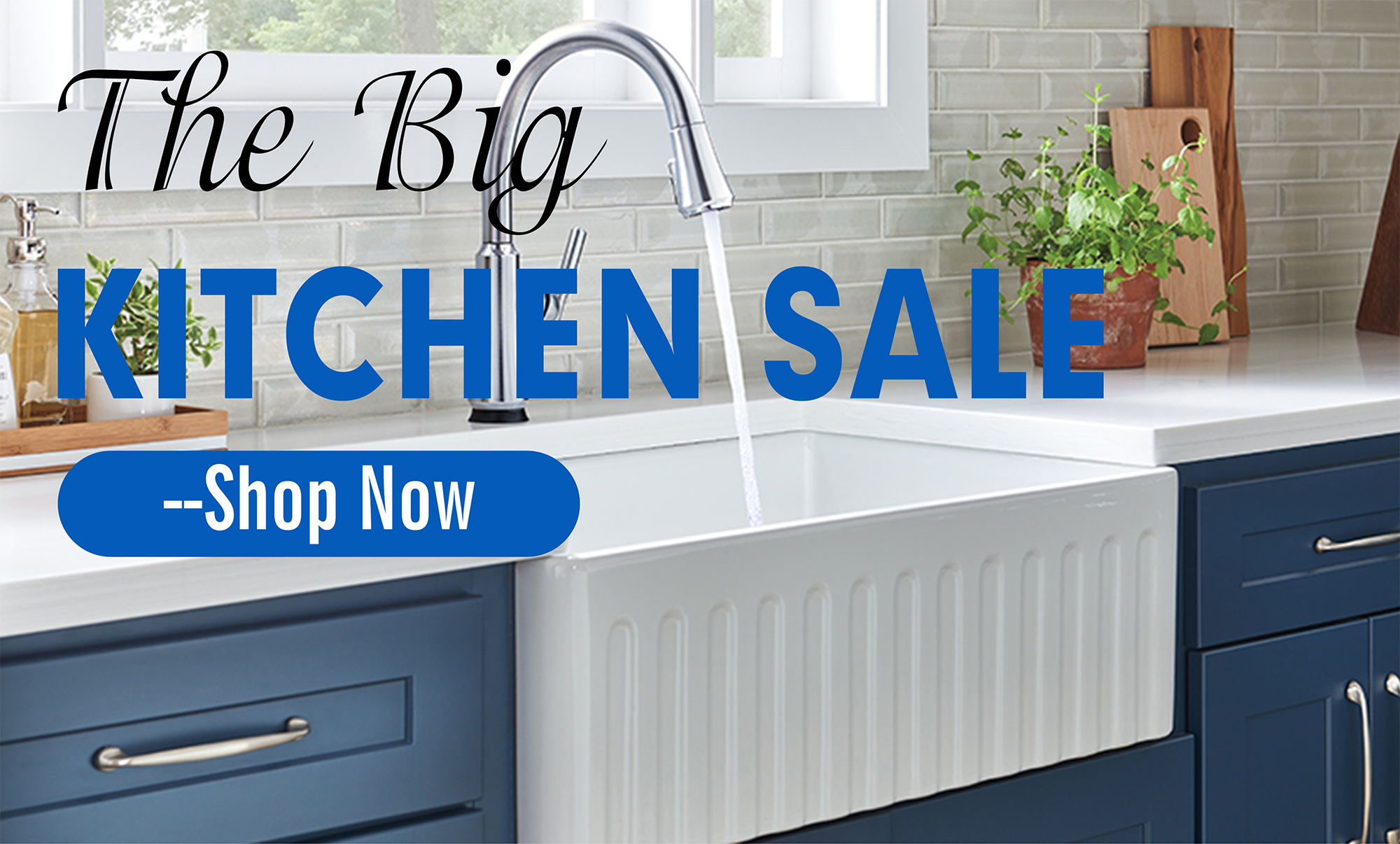
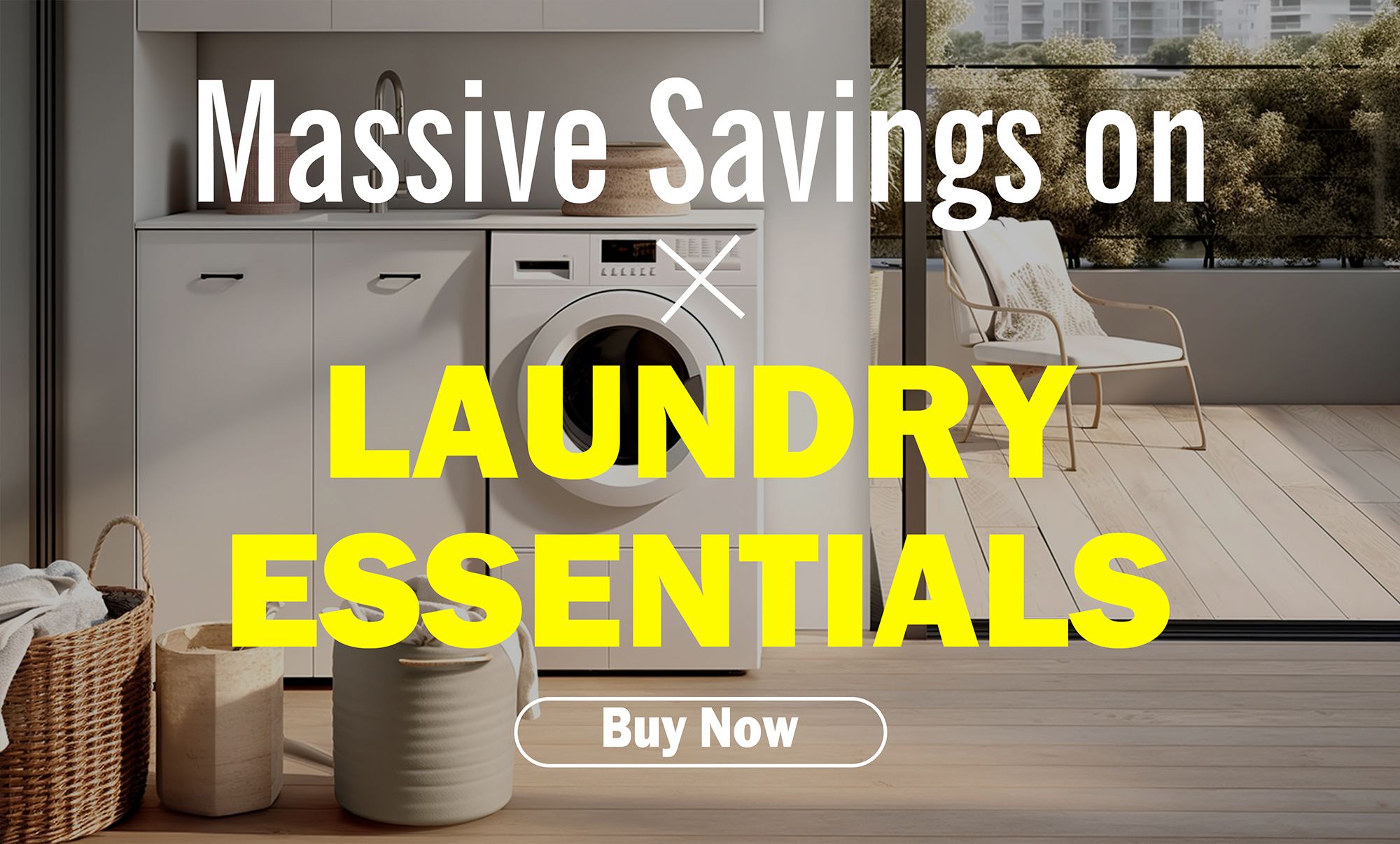
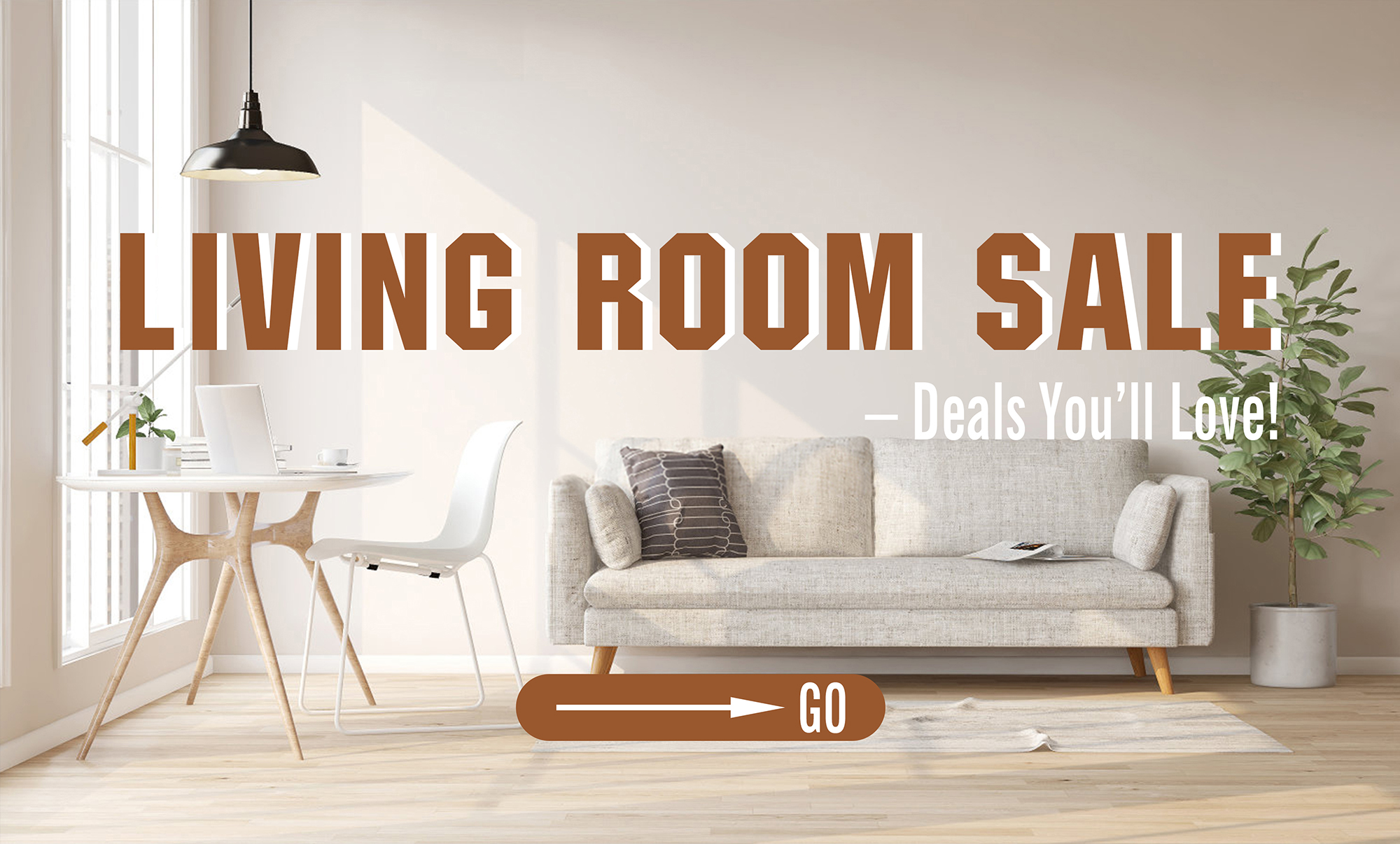

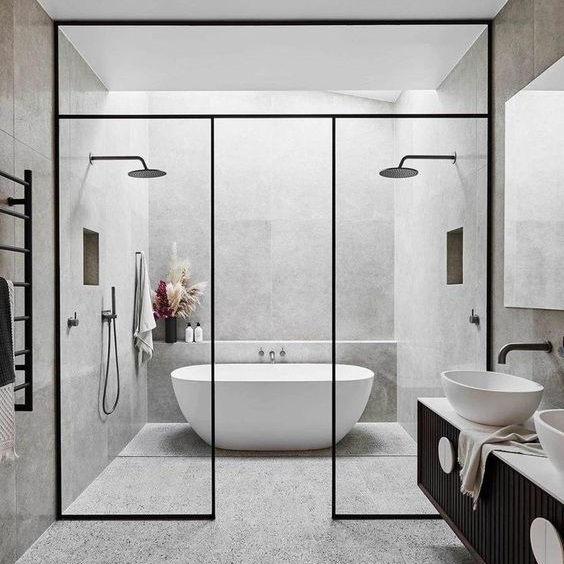
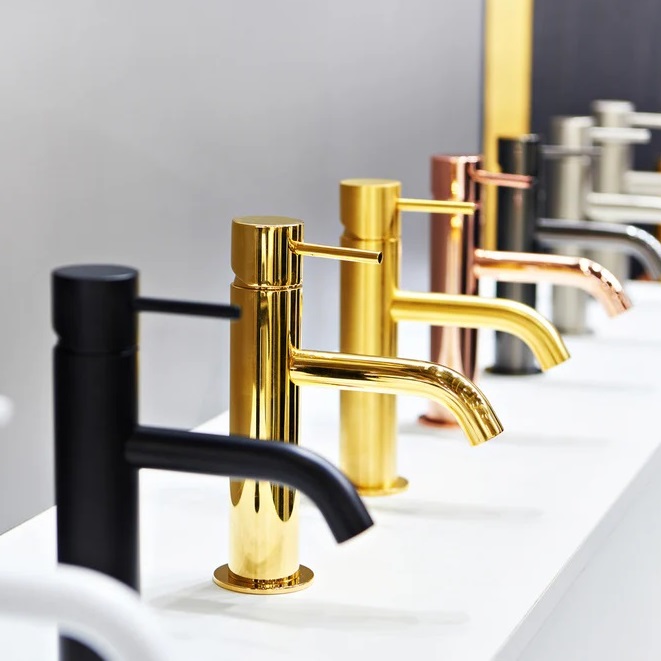
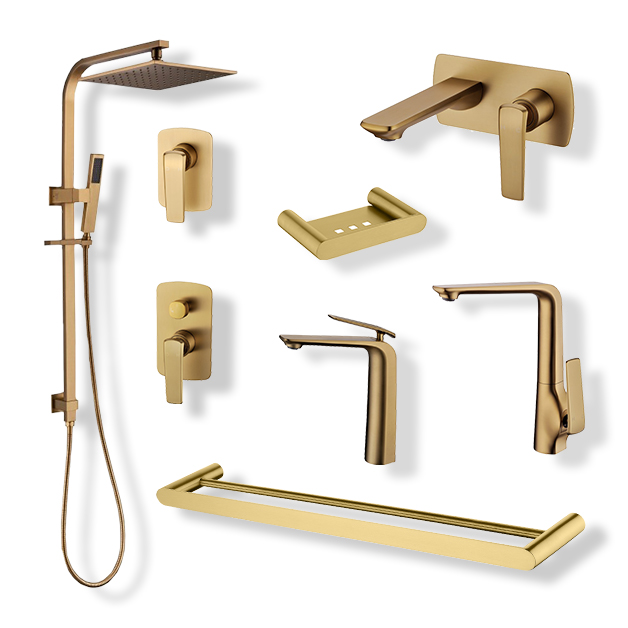



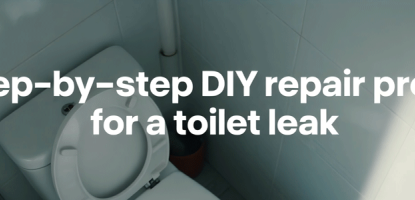

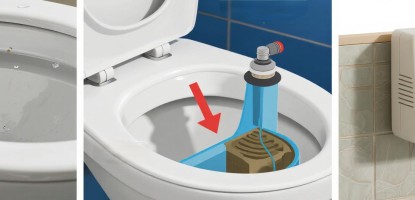


Leave a Comment